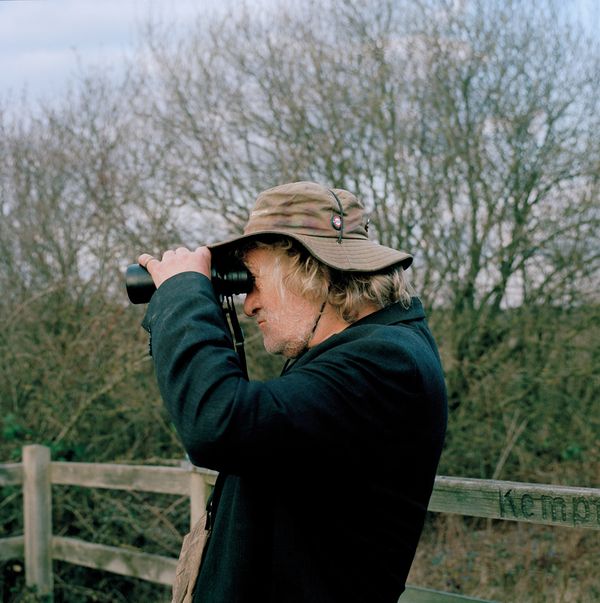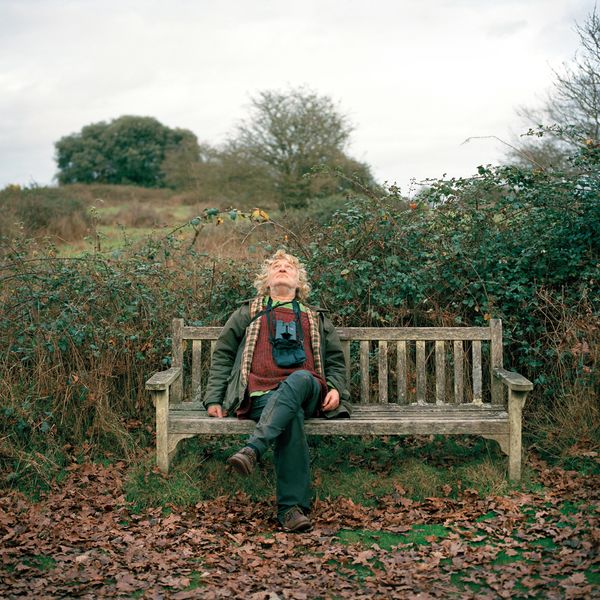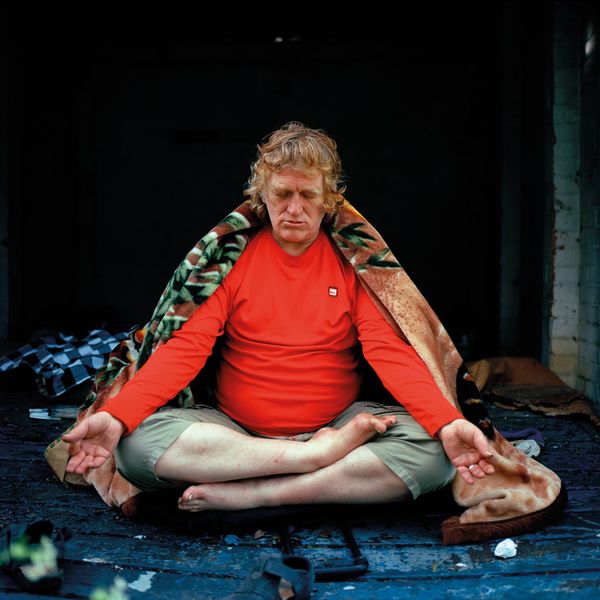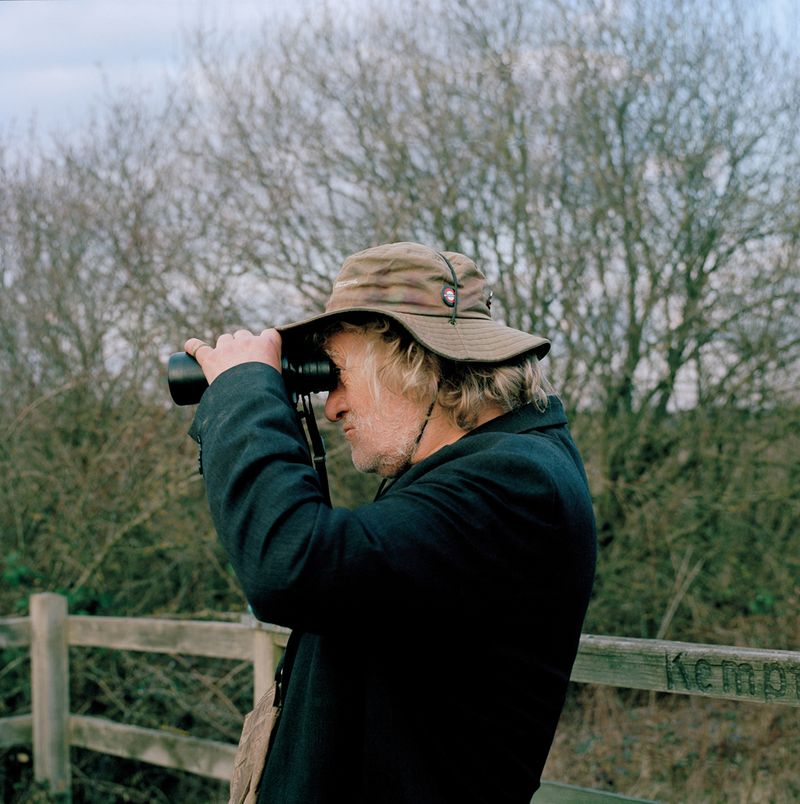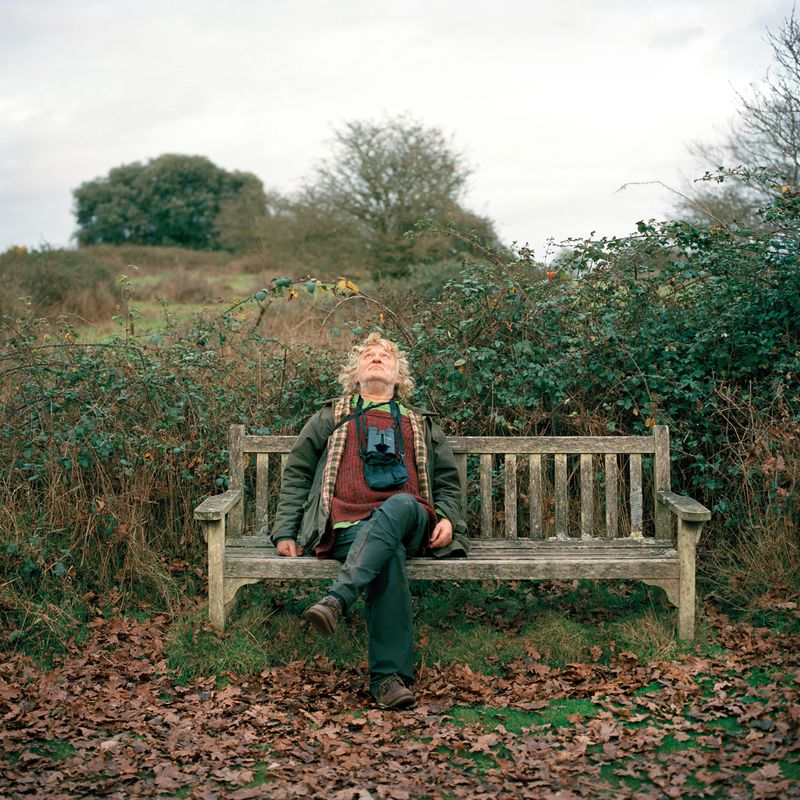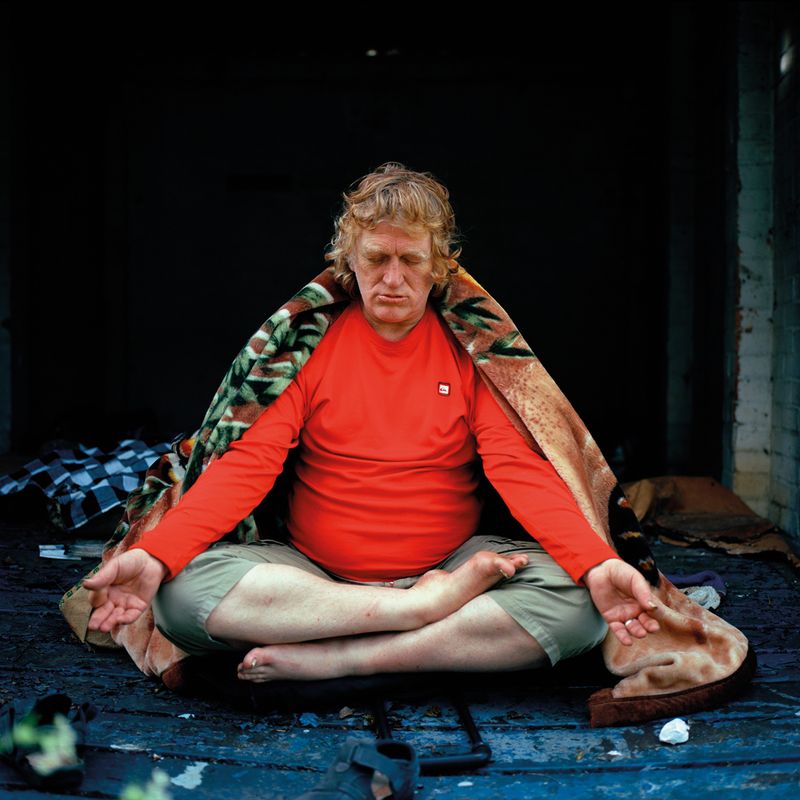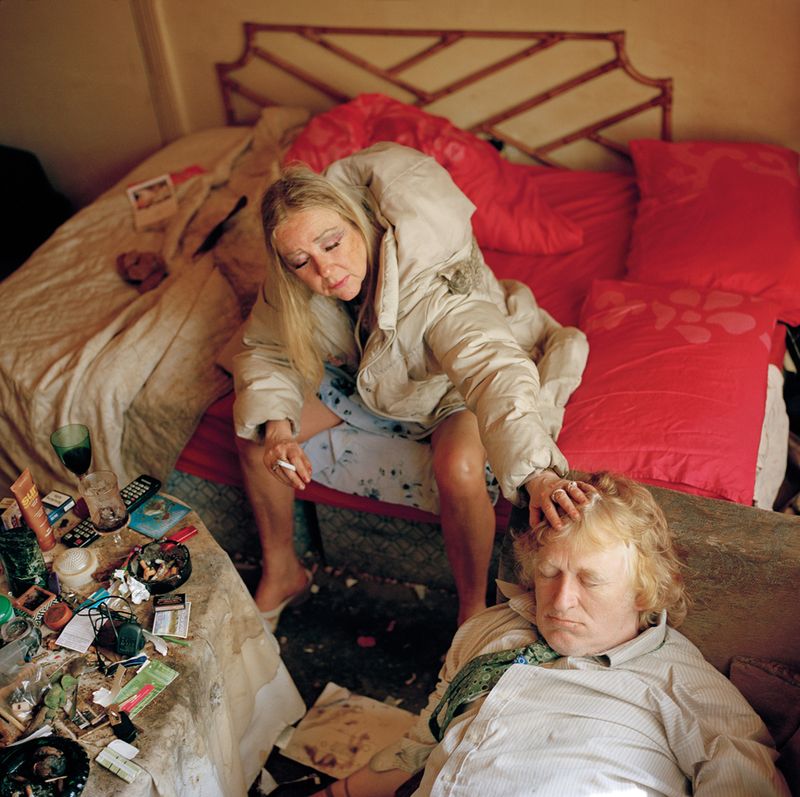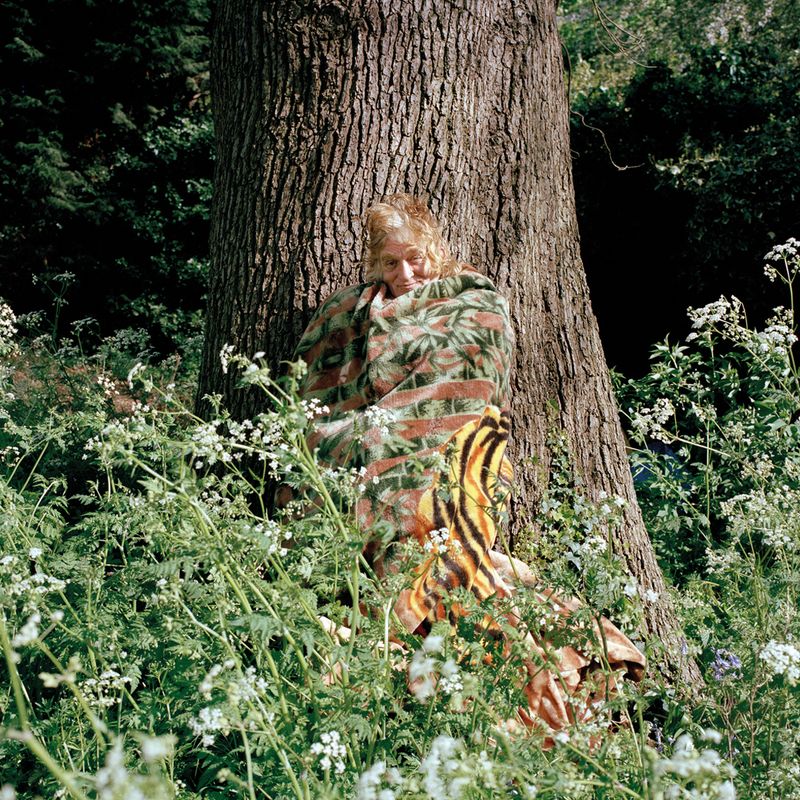Birds, Madness, Family and Love
-
Published23 Jul 2018
-
Author
Big Brother tells the story of Louis Quail’s older brother, Justin. It’s the story of his family history, his battle with schizophrenia, and a society that does not know how to cope with mental illness. It’s also a story about birds.
Big Brother tells the story of Louis Quail’s older brother, Justin. It’s the story of his family history, his battle with schizophrenia, and a society that does not know how to cope with mental illness. It’s also a story about birds.
Big Brother got me with the birds; watercolour paintings of magpies and crows, hard-pencilled sketches of finches and tits, coloured-pencil outlines of a water snipe. Then there are the lists. From Justin’s childhood, there are lists of birds spotted in 1973; four grey herons, one kingfisher, an osprey and one partially albino reed bunting.
Move into adulthood and there are more lists, though now they’re on the back of arrest certificates and hospital wards. From Wormwood Scrubs (the site of one of Britain’s most infamous prisons), two kestrels, four swallows and a golfinch are listed. A hospital observation sheet (where Justin is at level three risk of self-harm and suicide) is re-purposed as a bird-watching chart, while the property seized on his arrest in 2015 includes mood rings, cannabis, and camera film but also ‘binoculars’. The bird-spotting is always present.
Birdwatching is the humanising constant that takes place against a lifetime of family chaos that involves divorce, domestic disputes, and Justin’s ongoing battle with schizophrenia and a world in which he is not allowed to fit. “The family may be imagined as a web, a flower, a tomb, a prison, a castle," wrote R.D. Laing, the fatally flawed psychologist who, in a gross simplified versions of things, believed it was the family that caused mental illness. In a similar tone, the poet Philip Larkin wrote
They fuck you up, your mum and dad.
They may not mean to, but they do.
They fill you with the faults they had
And add some extra, just for you.
But they were fucked up in their turn
By fools in old-style hats and coats,
Who half the time were soppy-stern
And half at one another’s throats.
Man hands on misery to man.
It deepens like a coastal shelf.
Get out as early as you can,
And don’t have any kids yourself.
That sentiment certainly seems to be the case here. In the introduction, Louis Quail tells the story of his mother’s schizophrenia; she was found naked in the garden, she burned through an inheritance ‘rescuing’ homeless people, her husband divorced her, she got a new boyfriend who was violent and abusive and while Louis (who is eight years younger than Justin) stayed with his more stable father, Justin experienced the full brutal dysfunction of life with his mother and her abusive partner.
Justin left home at 14 or 15 to live in a squat, to travel the country to spot birds. He took drugs and in 1979, at the age of 20, he was diagnosed with schizophrenia. And this is a book dedicated to the life Justin has led “dominated by his condition.”
There are pictures of his daily struggles with police, with doctors, with housing, with everybody and everything. Captions recount his hatred of medication, his refusal to conform, his relationship with his “on and off” girlfriend Jackie. “Like Justin, she suffers from schizophrenia” and is also an alcoholic but there is a sweetness to their relationship at odds with the squalor and poverty of their domestic arrangements.
It’s a sweetness evident in pictures of Jackie giving Justin a makeover (she used to be a hairdresser) or the pair of them sitting on a beach in Northern Ireland or in Justin’s garden in Twickenham. Mixed in with that are tales of assault, of domestic arguments, of violence against neighbours and of evictions from flats. Justin and Jackie are separated, depression kicks in and then spring arrives and the mood rises. More birds appear; one redkite and two goldcrests, and a tawny eagle.
That’s how the book ends, with the picture of the tawny eagle but there’s an epilogue. Louis Quail looks at the failure of the system, the real damage, suffering and deaths that years of government cuts have led to. But he also looks at how mental health and its treatment has become criminalised, how the language of punishment has transformed “minor misdemeanours” into something altogether more threatening, how mental illness is now something that is treated, not with human love and understanding, but as something alien and other, something to be punished. It’s not the family that fuck you up anymore, it’s a system that has lost all its humanity and sense of responsibility for anybody even a little bit different.
Louis Quail says Big Brother is a love story. It is. It’s the story of Louis’ love for Justin. It’s told in photographs, pictures and words. And in lists of birds. And it’s really quite touching and beautiful.
--------------
Big Brother by Louis Quail
Published by Dewi Lewis // Photographs by Louis Quail
Hardback // 196 pages, 36 inserts, 16-page booklet
Extensive texts // 146 colour photographs, drawings, and paintings // 26 x 19.7 cm // £35
--------------
Louis Quail is a documentary photographer exploring social and aesthetic issues. Follow him on Twitter and Instagram.
Colin Pantall is a photographer, writer and lecturer based in Bath, England. His latest book, All Quiet on the Home Front, focuses on family, fatherhood and the landscape. Follow him on Twitter and Instagram.
